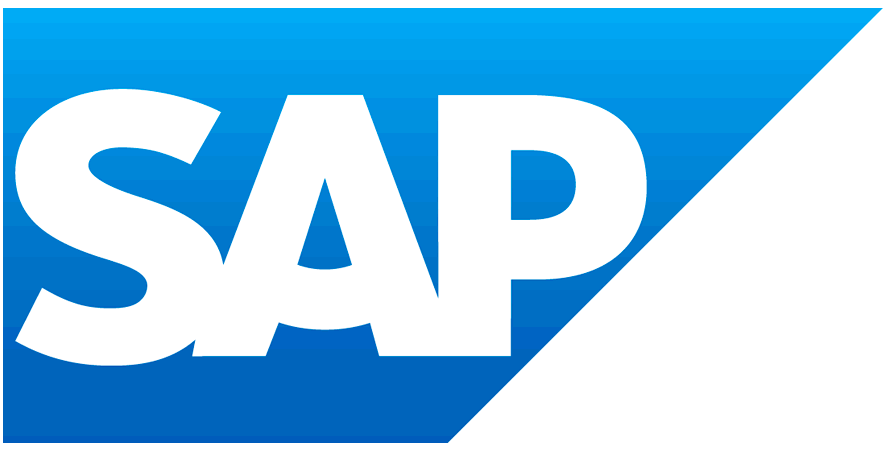SAP Lauded for Sustainability Leadership Worldwide
WALLDORF, October 20, 2014 /3BL Media/ — SAP SE announced that it has been ranked the most sustainable software company by the Dow Jones Sustainability Indices (DJSI) for the eighth consecutive year. The company also achieved inclusion in the CDP Climate Performance and Disclosure Leadership Indices. Moreover, the U.S. Environmental Protection Agency (EPA) ranks SAP among the top 100 green power users. The DJSI ranking and CDP indices recognize the exemplary actions SAP has taken to embed sustainability across its business worldwide and continuously reduce carbon emissions since 2007. Both reports are aimed at helping investors and other stakeholders understand how listed companies are managing financial, social and environmental risks and opportunities.
Since its inception in 1999, the DJSI has become a leading benchmark for investors that integrate sustainability considerations into their portfolios. SAP has been listed since then. In the 2014 DJSI, SAP has sector-leading scores in 11 of the 21 key dimensions: Brand Management, Corporate Governance, Customer Relationship Management, Privacy Protection, Climate Strategy, Environmental Reporting, Operational Eco-Efficiency, Digital Inclusion, Labor Practices & Human Rights, Human Capital Development and Social Reporting.
SAP was also recognized by the CDP, a non-profit that manages the world’s leading global environmental disclosure system, both for its approach to disclosing climate change-related data (100 out of 100 points) and actions to mitigate the risks of climate change (top result A). SAP attained inclusion in the CDP Climate Disclosure Leadership Index (CDLI) for Germany, Austria and Switzerland; it is the company’s third year on The A List: The CDP Climate Performance Leadership Index 2014 (CPLI).
“The public recognition of SAP as a worldwide sustainability leader in the DJSI and CDP rankings is great validation of our strategy to embed sustainability across the company globally and help ensure the long-term success of our customers and our own business,” said Daniel Schmid, chief sustainability officer, SAP SE. “At the same time it also is an incentive to work even harder to achieve our vision to help the world run better and improve people’s lives. We do this with sustainable innovation for our customers, internal operations and the communities around the world which SAP serves.”
Green Power and Sustainable MobilitySince the beginning of 2014, all SAP data centers and all offices have run on electricity from only renewable sources. This will help eliminate carbon emissions caused by customers’ systems by moving them into a green cloud. As such, the EPA ranks SAP among the top 100 green power users and no. 10 on the EPA’s Top 30 Tech & Telecom list.
Earlier this year, SAP signed on to support a high-profile effort led by the World Bank Group that calls on governments and business leaders to support a price on carbon. Carbon pricing charges those that emit CO2 for their emissions. That charge, called a carbon price, is the amount that must be paid for the right to emit 1 ton of CO2 into the atmosphere by means of a carbon tax or cap-and-trade systems. By supporting the “Putting a Price on Carbon” statement, SAP joined a growing coalition of leaders worldwide speaking out for action on climate change. More than 1,000 companies and 73 governments support the initiative, which was presented at the UN Climate Summit.
SAP is also adding more electric vehicles to its company car fleet. The goal is to have 20 percent electric cars by 2020 and these will be powered by renewable energy. Last month, SAP, San Francisco BayLEAFs and Electric Auto Association Silicon Valley achieved the Guinness World Record for the longest electric vehicle parade of 507. The parade was organized in Cupertino, California, and took place during National Drive Electric Week.
For more information, visit the SAP News Center. Follow SAP on Twitter at @sapnews.
Media Contacts:
Bettina Wunderle, +49 15112187931, bettina.wunderle@sap.com, CET
Robin Meyerhoff, +1 (650) 440-2572, robin.meyerhoff@sap.com, PDT

